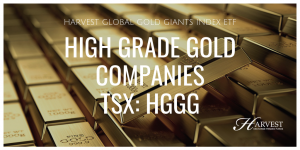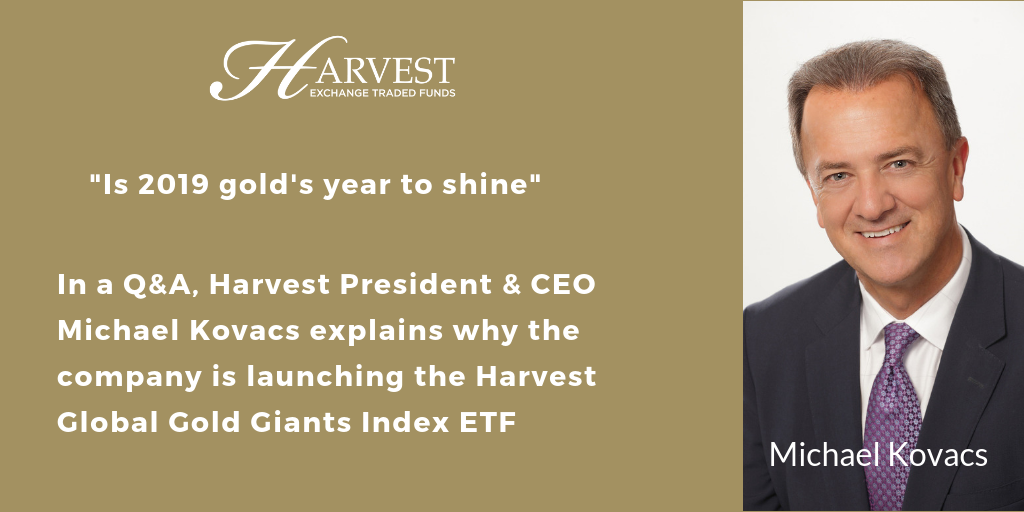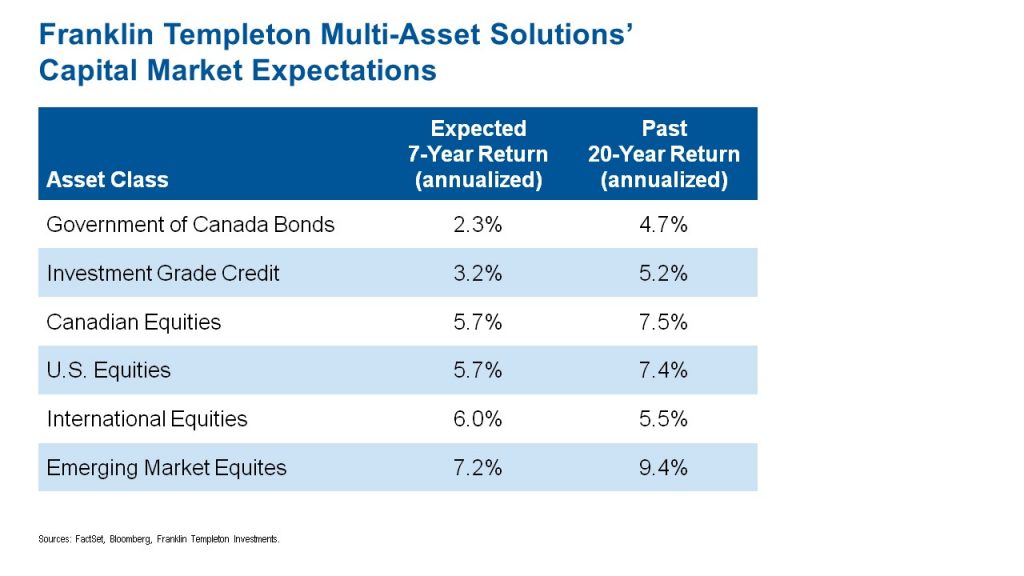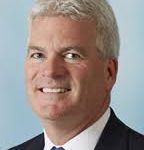Harvest Portfolios Group Inc. launched a global gold ETF yesterday (on January 15, 2019.) In the sponsored Q&A below, Harvest President & CEO Michael Kovacs explains why the company is launching the Harvest Global Gold Giants Index ETF (TSX: HGGG) now, the thinking behind this unique ETF and why the ETF aligns with the Harvest value strategy of conservative growth and income.
Why is Harvest launching a gold ETF?
We are not gold bugs, but we have been looking at the gold market for some time, especially gold company shares. They have been in a bear market for the better part of six years, so share prices are low. We see considerable value there.
 A lot of the smaller companies are out of business because they couldn’t make money at these lower prices. Others that are struggling are being acquired by the big companies. Consolidation is a sign of a market bottom and while there is always downside risk in investing, we think a lot of that risk is out of the market.
A lot of the smaller companies are out of business because they couldn’t make money at these lower prices. Others that are struggling are being acquired by the big companies. Consolidation is a sign of a market bottom and while there is always downside risk in investing, we think a lot of that risk is out of the market.
So your focus is just the largest global producers?
Yes. If you’re a large firm you’re able to take advantage of the situation. So we looked at the top global gold companies – the biggest by market cap – and are focusing on just the top 20. So if gold rises there is a lot of upside potential.
The other thing is that we’re in the late stages of the economic cycle. I don’t know whether we are in the ninth inning, or we have some extra innings ahead, but at some point US markets will start to weaken. Interest rates will top out and probably decline. We will see some decline in the US dollar as well. The US dollar has been on a tear and like any cycle it will probably come to an end.
At that point investments like gold make a lot of sense. There’s inherent leverage in the equities if gold prices rise.
Why is that?
In a simplified example, let’s say you are Barrick Gold Corporation producing gold at $800 an ounce. Gold is worth about $1,250 an ounce, so your margin is $450. If gold rises by $250 to $1,500, you’re increasing your profit margin by 55%. That goes directly to the bottom line. So we think it is an opportune time to be looking at large gold producers.
Are you worried about inflation?
We do not see a lot of inflation. There may be some inflationary pressures, but the world has changed so much with technology. Continue Reading…








